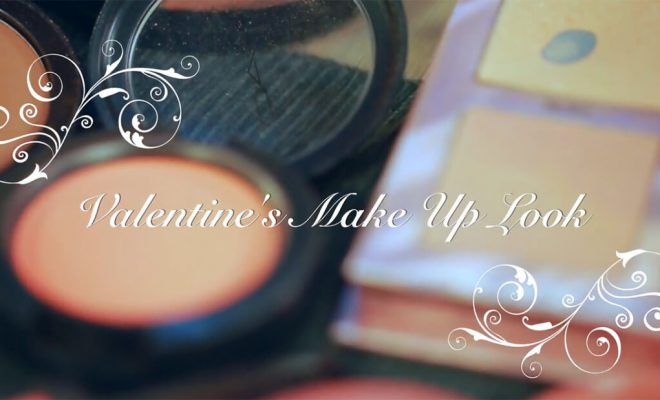Beyond the Classroom: Humanities (Part 2)

Welcome back to our Beyond the Classroom series! Picking up where we left off last month, we continue to explore how the humanities influence our lives. This month, we look at how a good grasp of the humanities would help us to better understand mass media, and even engineering and technology.
The humanities in mass media
Perhaps the relevance of the humanities in mass media is more apparent than in engineering and technology. Mass media refers to avenues through which information can reach a large audience. Mass media, therefore, includes newspapers, advertisements, film, radio, music, television and in more recent times, social media. Literature students would see how characterisation and symbolism, helps us to better understand the underlying meaning behind what we see in mass media. In A Streetcar Named Desire, Blanche (portrayed by Vivian Leigh in the film adaptation) is initially described as ‘daintily dressed in a white suit with a fluffy bodice, necklace and earrings of pearl, looking as if she were arriving at a summer tea or cocktail party in the garden district.’ Later (spoiler alert!), it is revealed that her prim and proper attire was indicative of her desire to return to her past and was intent on escaping from the fact that she was broke and unwanted. Similarly, in Jurassic World (2015), the female protagonist, Claire Dearing (portrayed by Bryce Dallas Howard) wore pencil skirts and had perfectly straight hair at the beginning of the movie but by the end of the movie, she was in a sporty tank top and her hair had magically become wavier. Fashion, again, was used to show how a character had evolved from being uptight to compassionate. Symbolism is rife in advertising as well. Every car, perfume or watch advertisement revolves around a concept and advertisers seek to portray an image that their products embody, in the hopes of attracting consumers with similar preferences and values.
The humanities in engineering
What about engineering? The divide between engineering and the humanities is rendered unreal if we realise that while innovations themselves require mathematical and scientific knowledge, the practical applications of said innovations are bound by considerations that humanities students develop and hone and in a Geography, History or Literature classroom. Geography goes a long way in enabling civil engineers to erect buildings that can safely withstand the pressures of the surrounding land. This is reflected in innovations such as lead-rubber bearings and tuned mass dampers. During an earthquake, the rubber exteriors of the former absorbs vibrations that might cause damage while its lead core absorbs any remaining energy. Lead-rubber ball bearings are used in the Walt Disney Concert Hall in Los Angeles. A train tunnel runs directly under it and the bearings help to reduce vibrations. Tuned mass dampers are essentially huge pendulums that stop high-rise buildings from excessively oscillating during an earthquake. These are used in the Akashi Kaikyō Bridge, the longest central suspension bridge in the world. Located in Japan, this bridge is 1,999 metres long. Tuned mass dampers help to reduce movement so that travelers on the bridge remain safe and sound. How cool is that!
The humanities in technology
Technological leaps have characterised the 21st century. Some believe that subjects like History and Geography are not as relevant in a world where technology is ever-evolving and has created a space free of geographical boundaries. Yet, proponents of this belief are overlooking the fact that technology is used by human beings who are driven by the same desires and motivations as those who walked the earth years before the smartphone was ever invented. The issue with human beings – as we would learn in Literature when we read books like Brave New World, or in History when we look at why wars occur – is that we all have different yardsticks with which we measure what is right and wrong. This is critical in relation to decisions that are made about how technology is used. The ethical discussions that take place in a Humanities classroom would serve students well in making these decisions. For instance, did any of us ever think that we would come to a point where a social networking site, whose founder considers it a technology company, would be scrutinised for its ethical management of client data? Navigating through a world chock-full of new technology does seem like we are wading through an entirely different universe. But an education in the Humanities would undoubtedly function like a bright Northern star.
So there you have it! All the ways in which the Humanities can enrich your life, regardless of what field you’re in! Next month, we’ll look at commerce courses Beyond the Classroom~ See you!













